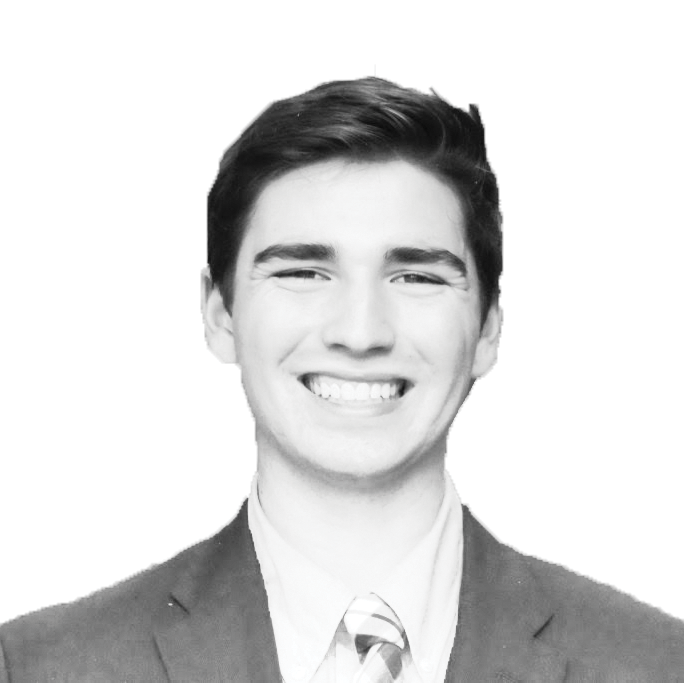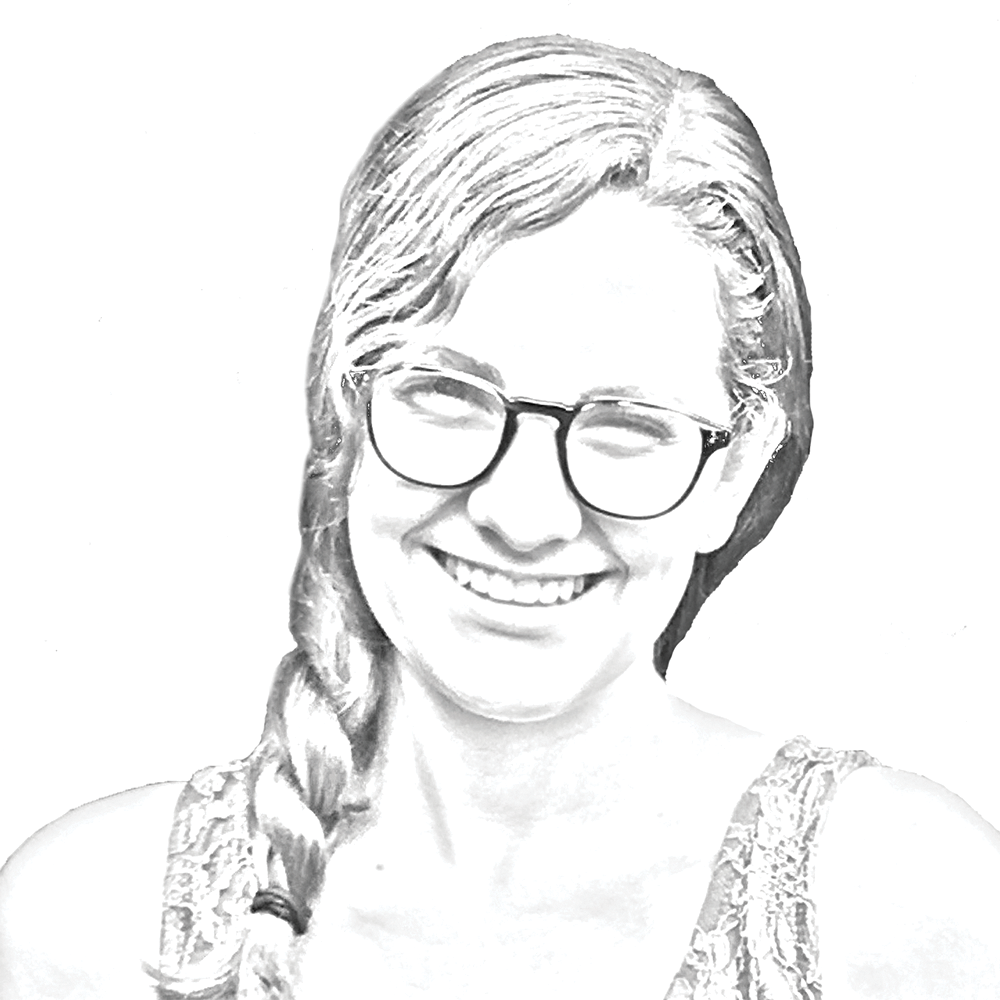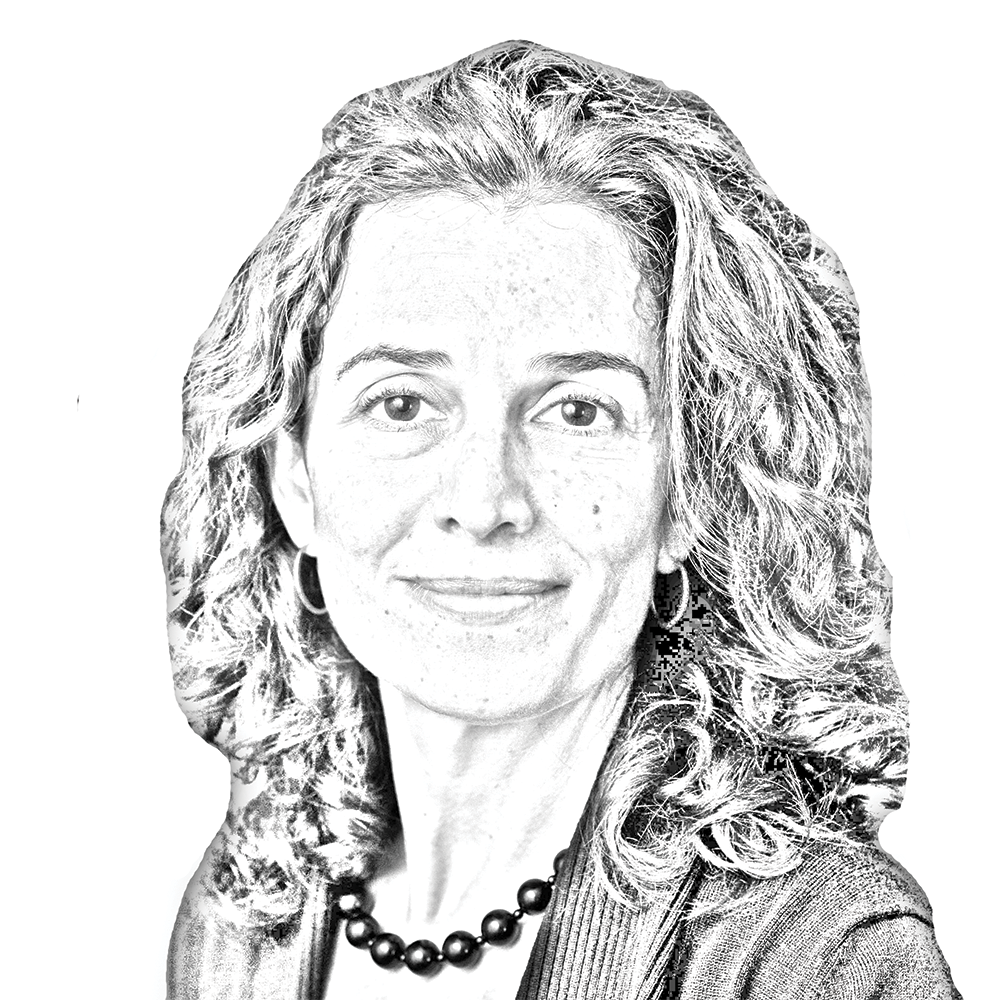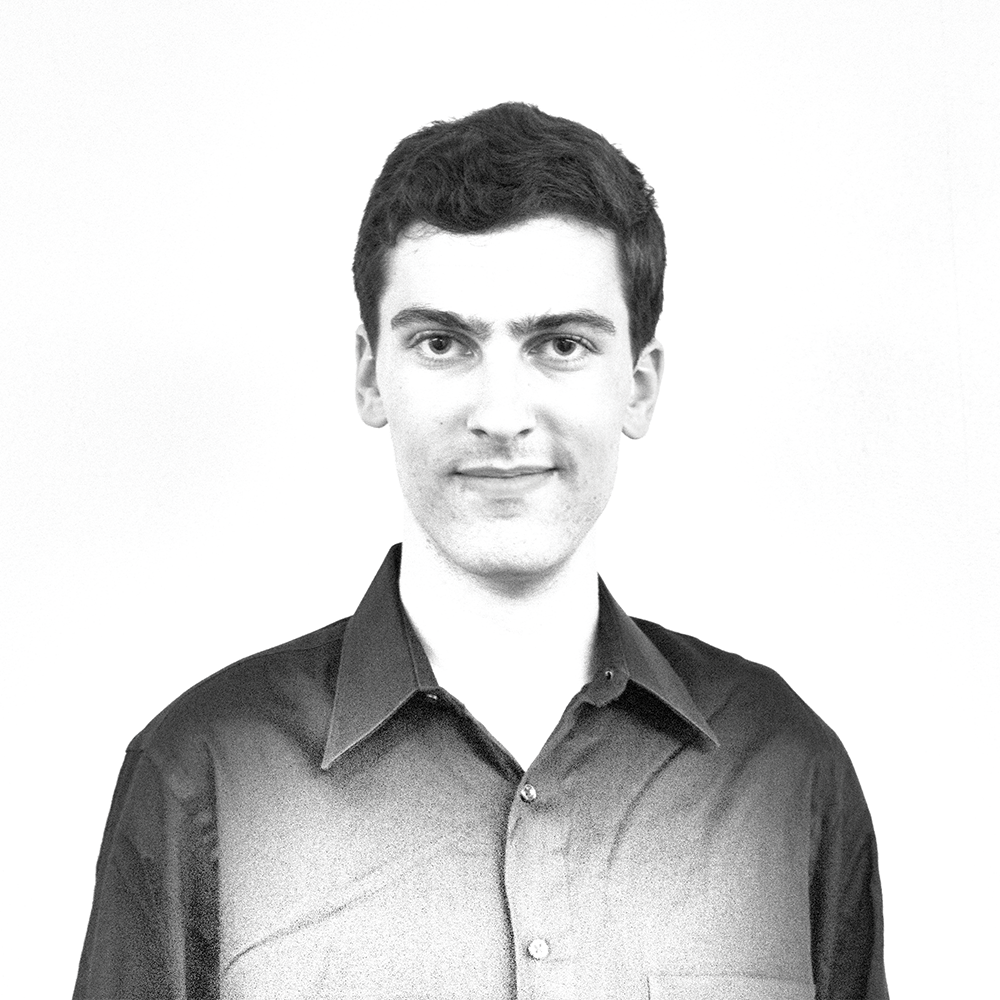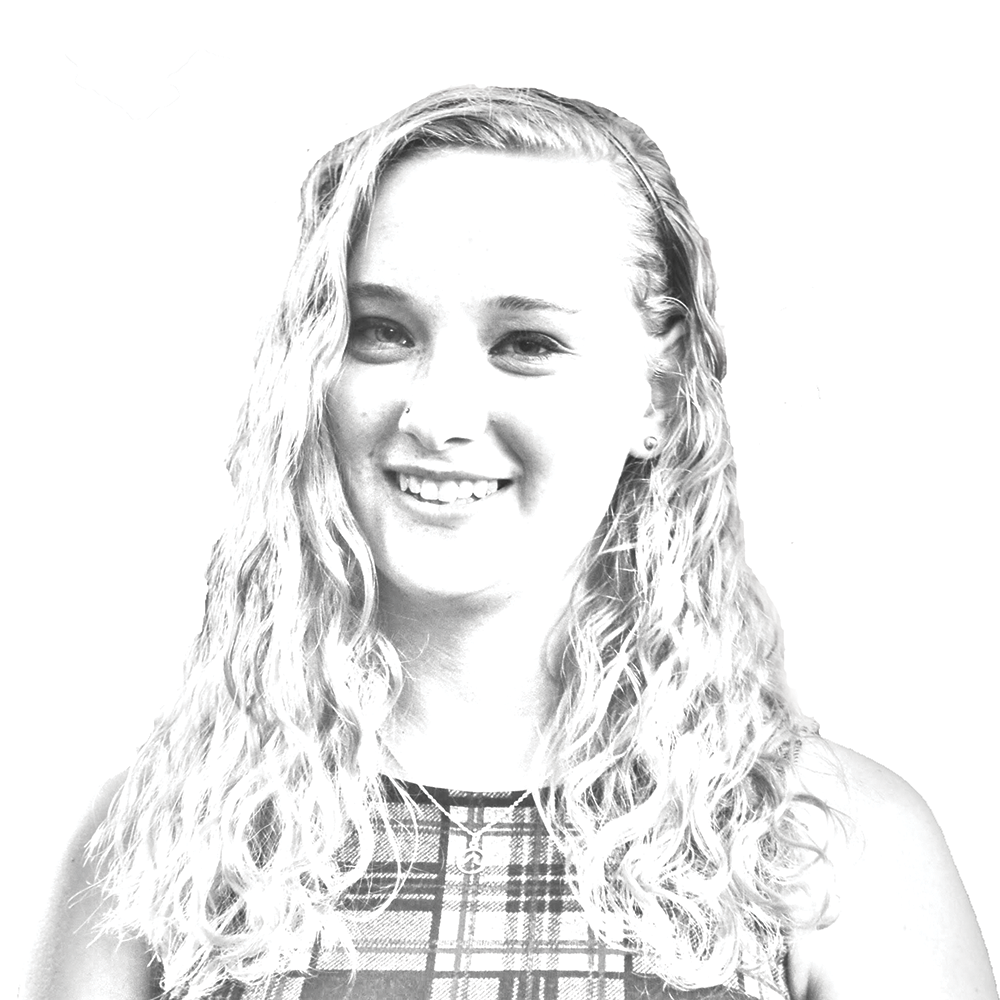In the so-called ‘real world,’ I’m as middle-class as one can get. My household income, made up of a single
parent white-collar salary and no other assets to speak of, hovers almost exactly at the national median. Money is an omnipresent concern, especially with the addition of college tuition. But despite the forces threatening my family’s security, I have always had enough clothing and food, making economic hardship relatively imperceptible to me for most of my childhood. In short, I am lucky.
But, at Georgetown, I have always felt lower-class. I am one of just 14 percent of students receiving Pell Grants and a member of the 41 percent receiving a Georgetown scholarship. While most Georgetown students do receive aid in some form (55 percent, according to Dean of Student Financial Services Patricia McWade, ), 45 percent of students receive no aid at all, including many of my friends. The number of upper-middle and middle-class students at Georgetown belies the average income in America.
I hear some of these people complain about the preference given to work-study students for on-campus jobs and the annoyance, rather than the impossibility, of unpaid internships. I have blogged about how Hoyas’ penchant for international travel and refusal to admit that it is a luxury has been especially isolating. I have complained to friends back home about how so many refuse the label “lucky” in favor of “hard-working,” which, to me, devalues the hardwork of my family and many others.
I’ve also come to embrace this identity, openly criticizing the higher education system for a lack of class diversity. During my time with The Hoya, I have written several articles focusing on socioeconomics in higher education out of personal interest and passion for the issue.
However, I have found spaces for class dialogue to be limited at Georgetown. Just 50 students per class year are part of the Georgetown Scholarship Program. The #GSProud campaign and Different Dialogues on socioeconomic class, which are capped at 15 students each, are the only class-centered initiatives I have seen in my three years on campus. There may be other existing spaces that I am not aware of, but this awareness is imperative.
As it stands, Georgetown students are seen as a certain type. Not just preppy and overachieving, but upper-middle to upper class. When I tell people in my hometown, or even elsewhere in D.C., that I attend Georgetown, I get a certain response, normally something along the lines of “That’s an expensive school.” And it is. Even among students I have frequently heard, often following a complaint about housing or O’Donovan’s Dining Hall, “We pay $60,000 a year for this.” But it is rarely acknowledged that the majority of the student body does not pay $60,000 a year and that for some, this figure exceeds their yearly household income.
At core of these issues is a lack of honest and open dialogue. It is hard to talk about class. No one wants to be poor and no one wants to be rich. This is a contradiction engrained in American culture. Hard work and self-reliance are seen as the apex of success in America. Our nation’s values tell us that if we possess those two qualities, we deserve and can achieve wealth. Consequently, both those who inherit wealth and those who fail to achieve wealth despite their greatest efforts are looked upon as lazy and entitled.
Changing this perception starts here. We are all programmed to view our experience as the norm. Half of the student body and almost all media portrayals of the “average” family actually represent the upper classes, so it is easy for upper-class people to view their situation as normal. But we need to recognize our privileges and the fact that those very close to us, on our campus — not just disadvantaged populations in Southeast D.C. or “the third world” — often do not have the same experiences or privileges. Students from less privileged backgrounds need more space to express their experiences and identities on campus, to break through the feelings of shame and silence.
We, as a student body, need to attack the idea that being in the upper class is normal. We need to attack the idea that Georgetown is full of rich kids. We are immigrants, first-generation college students and children of single-parent families. We are homeless. We are low-income. And we need to question why there aren’t more of us.
I am not the perfect person to talk about socioeconomic inequality. I am a middle-class white Georgetown student. But I feel the need to speak up because of conversations I have had for years, behind closed doors, with those who also feel isolated by the silence.
Laura Owsiany is a senior in the College. Missing Class appears every other Friday.




